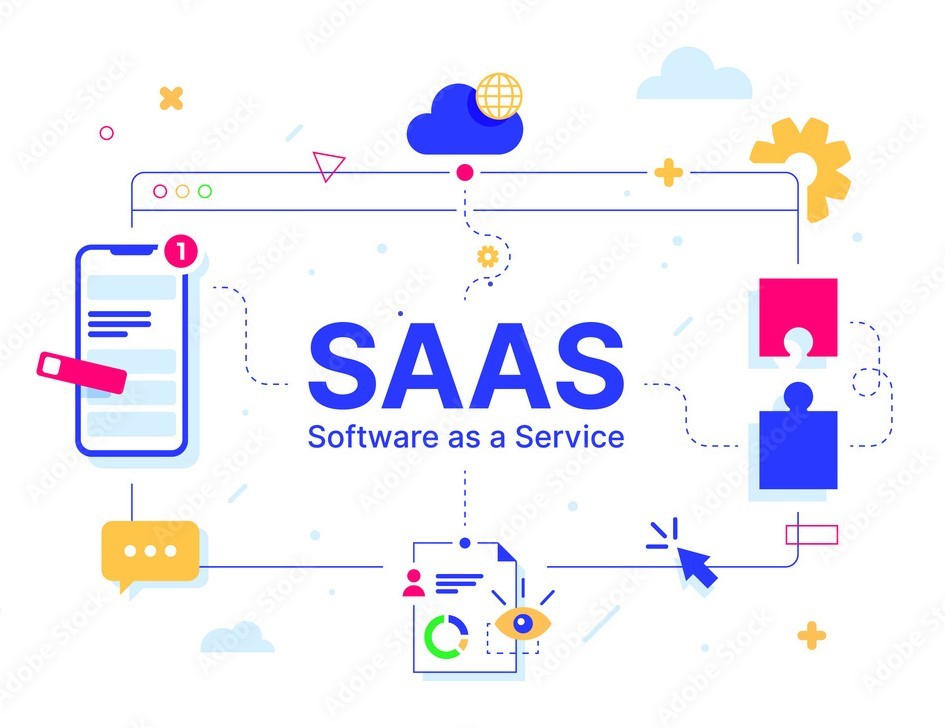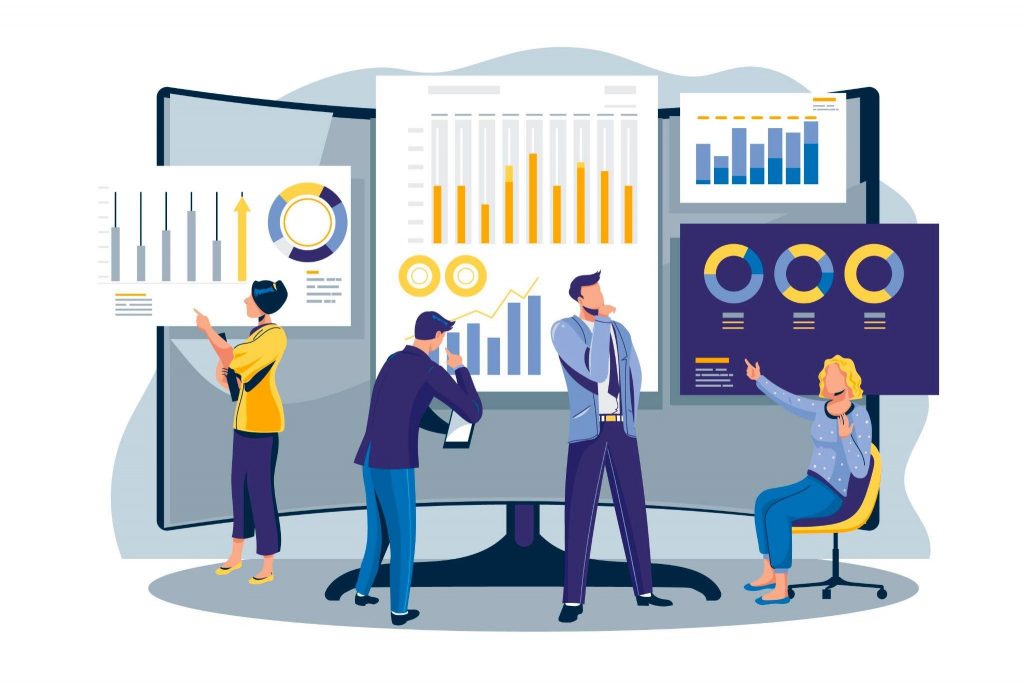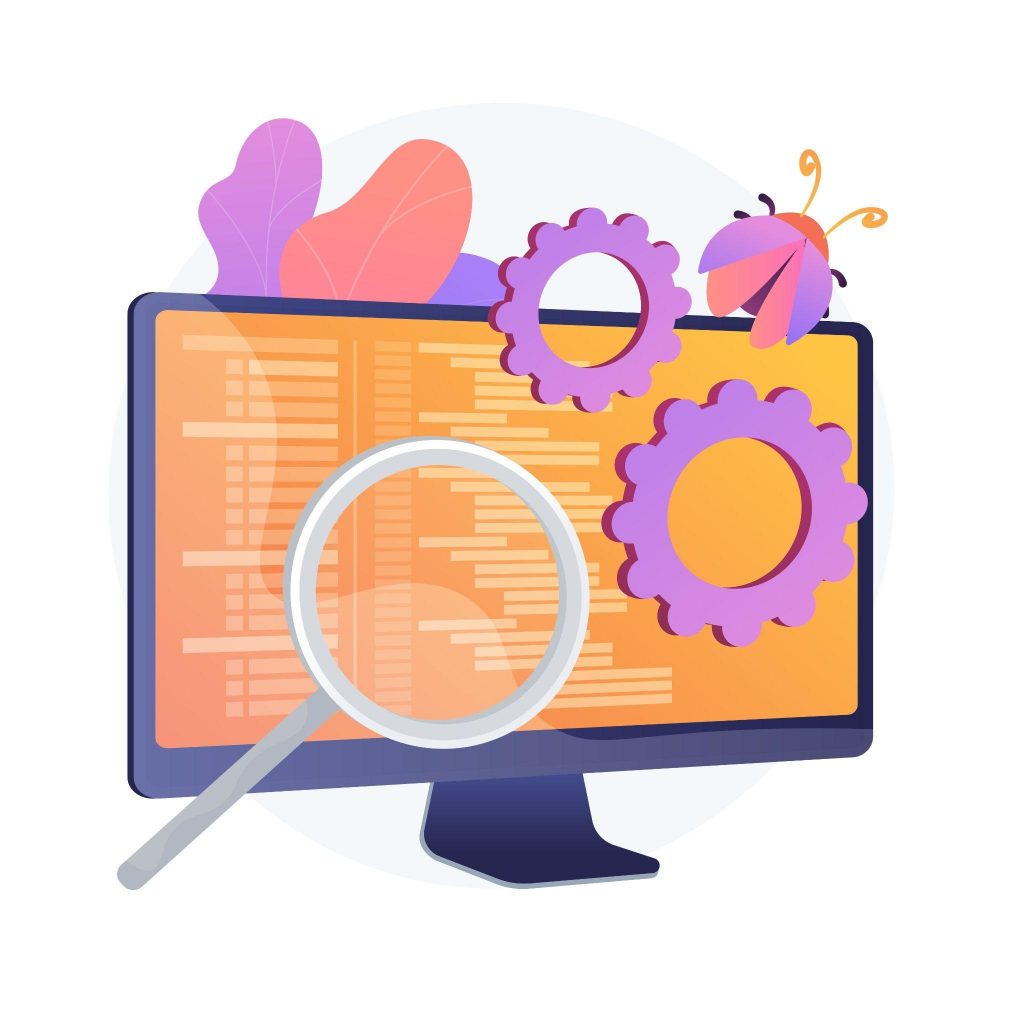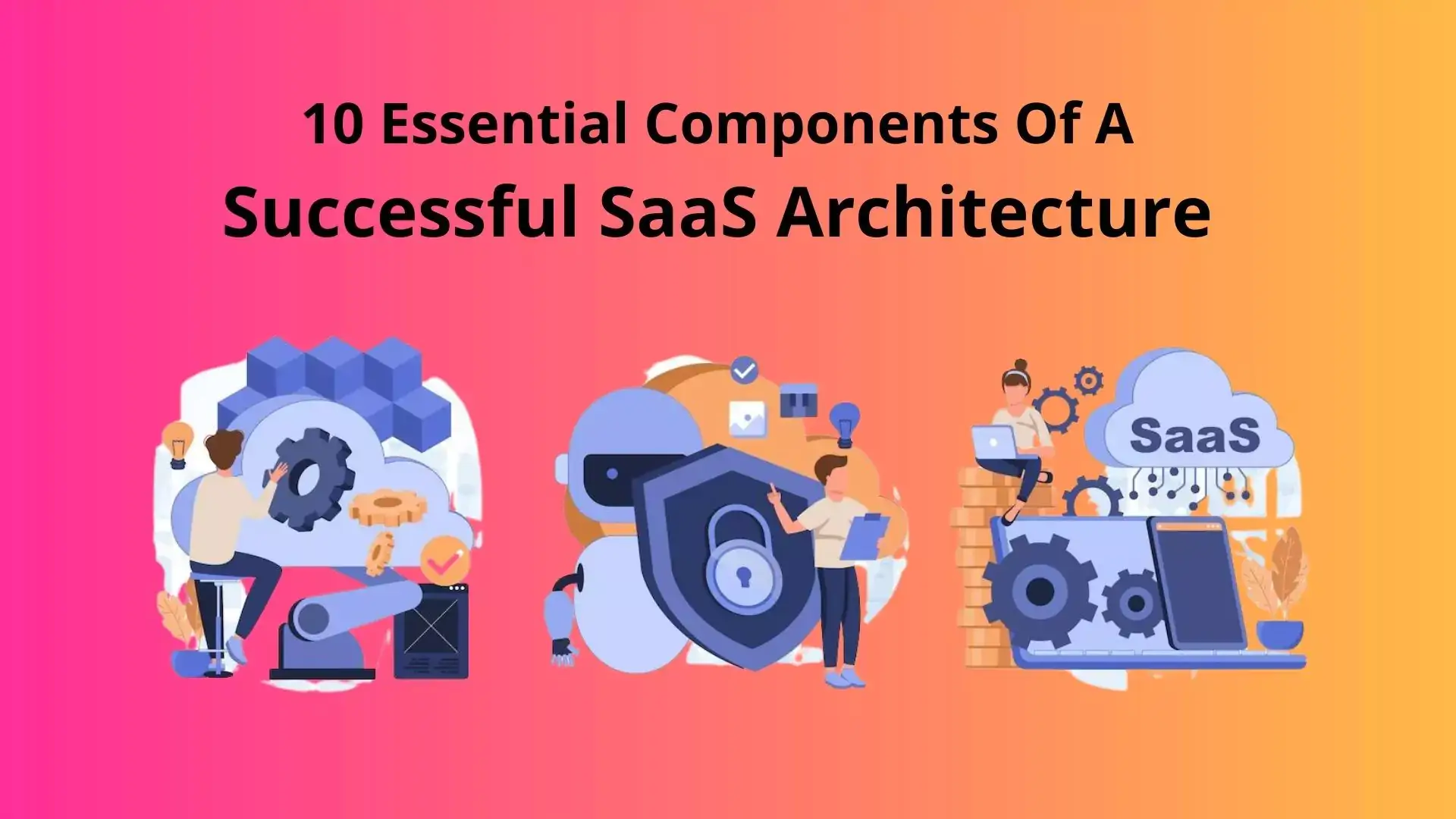
Adobe Stock
SaaS-based applications and cloud computing architecture provide developers with many benefits, such as scalability. However, it also requires them to consider certain limitations that are not present in traditional application design methods, like resource constraints or processing speed. However, there is hope for these limited resources because providers can provide more virtual machines, per instance, which means you’ll get your money back when upgrading.
Cloud-based SaaS applications can make use of almost unlimited resources, so software architects should consider this when designing their apps. To ensure quality and success in the business model, development teams need to consider these factors during the project planning stages.
SaaS Architecture Best Practices To Achieve Your Business Goals
1. Personalization & Self-serviced
To ensure a successful SaaS application, you must design it such that users can easily register and use your service without any assistance from the admin or support team. Additionally, set-up details, including uses for each function, should be available on-demand within this same software itself, so there’s no need to request help outside its boundaries.
The end-user should be able to customize the application according to their preferences or as per requirement. The system allows high-level personalization so that users can change certain aspects of an app’s look and feel without any difficulties.
2. Multi-Tenant Architecture
Multi-tenant applications are an architecture that allows for the easy servicing of many customers on one platform. This makes it possible to share resources like code, infrastructure, and even database instances among all users in your organization, which means you can expand services without increasing costs or making things difficult by maintaining multiple apps simultaneously.
3. Integration Capability
Integration is the key to success for any business. A SaaS application must be capable of integrating with other applications, so it’s essential that they provide standard APIs available across different platforms and help integrate your software seamlessly into existing processes without disrupting them too much or creating additional work – if at all possible.
4. Security & Compliance
SaaS applications are a great way for organizations to cut their budget and provide core services, but before adopting one, make sure that you have thought about security. The responsibility of securing data solely lies with the developer who created it, so they must ensure multiple tenants on shared infrastructure don’t share accesses or experiences unless intended by them specifically – no matter how well protected an app seems.
5. Good Operational Performance
Performance is key to an excellent user experience. If you’re building a highly scalable application with good performance, it must always be available and able to serve tenants of any size – because users will access your site over the internet! It also helps if this software has quick renderings so that information can get into people’s hands as quickly as possible without sacrificing quality or integrity.
6. Embrace the Creativity
Users shouldn’t have to memorize boring names or logos to use your product. Personality, creativity, and beauty are key focuses of any suitable design, whether it be for software development or physical products like furniture – the user interface (UI) should provide enough branding so that people know exactly where they are when using one of these services without having ever seen anything else about them beforehand.
Your brand should be in the background but never distracting. It’s essential to provide a great user experience, even if that means going without anything too fancy or flashy for your branding.
The best way is by making sure it doesn’t take away from what users see when they’re using whatever app you want them to use – so make certain there are no unnecessary distractions.
7. Ideation & Market Research

Freepik
The first step in any software development journey is market research and analysis. For SaaS applications, this means understanding your target audience as well as identifying what makes you unique from other companies offering similar services or products – which can be difficult if there aren’t many competitors out yet! Once you’ve confirmed your project’s idea by validating it with stakeholders, then begin the ideation phase. Ideation is an essential part where managers work together to create a shared vision for how their company could look while still keeping everything intact based on feedback during earlier steps along with these processes.
8. Choosing the Right Tech Stack
So what’s the best tech stack for your SaaS project? It’s a question that plenty of companies has been asking themselves recently. There are many different options available, with each offering something unique and valuable depending on what you need from it – budget or quality/time aspect being just some examples, among others.
There are many tools available in the market that can help you grow your business. However, not all of them will give good results, and it’s essential for a company like yours not only to find one with features at an affordable price but also to make sure they work correctly before spending too much money on them.
Our software development team is passionate about developing high-quality enterprise applications for cloud services. We use open-source tools, frameworks, and SDKs to make it easy on you! Our team has considerable experience with popular platforms like Amazon Web Services AWS GCP or Azure Cloud, so we can help your business communicate more effectively in any environment.
9. QA Testing & Debugging

Freepik
The debug step in the software development lifecycle is often overlooked or ignored, but it’s imperative that you take the time to diagnose any problems with your application. This will ensure customers are getting accurate information from their systems and avoid potential errors when they use them.
The QA engineers who specialize in performing a variety of software tests should detect bugs, glitches, and design leakages. The developers use agile methodologies to fix these issues so that the app performs smoothly on every device type, from desktop computers all way down to smartphones.
10. Constant Monitoring
With SaaS applications, the on-premise model is no longer applicable. The developer must take responsibility for monitoring and maintaining their application in addition to providing updates if necessary–a much different approach than traditional software distribution models where it was always up to an IT team within a company or organization’s walls to handle this task themselves.
It is important that the application be monitored for downtime, as well as performance issues. Slow speeds will result in an unhappy user base and low business productivity; accordingly, there needs to exist monitoring tools that can ensure the high availability of your program or app’s services at all times.
Wrapping Up
The right SaaS application can be a win-win for both developer and client. This means that when developing your software, it’s critical to consider security issues and scalability so they don’t come back around again years later with an updated version of their business model ready to take advantage of.
Give us a quick call to get a free quote for your customized software projects with a robust SaaS architecture.
Frequently Asked Questions
1. What is SaaS application architecture?
SaaS architecture is a method for delivering software that allows organizations to host an application on remote servers before making its capabilities available over the internet.
2. What are SaaS applications?
SaaS, or software as a service, is one of the most popular trends in business today. This type of cloud computing provides users with access to many different apps over the internet based on their needs and preferences without having any installation hassle- all they need are an email address.
Oviya is an experienced technical writer at Squash Apps. She has hailed from Coimbatore, who is a Literature graduate & fond of penning words that fall right into the contexts! She is a Numismatist, Potterwala, Blogger & has an interest in stories that make a difference in the world! Find me on Linked In!


